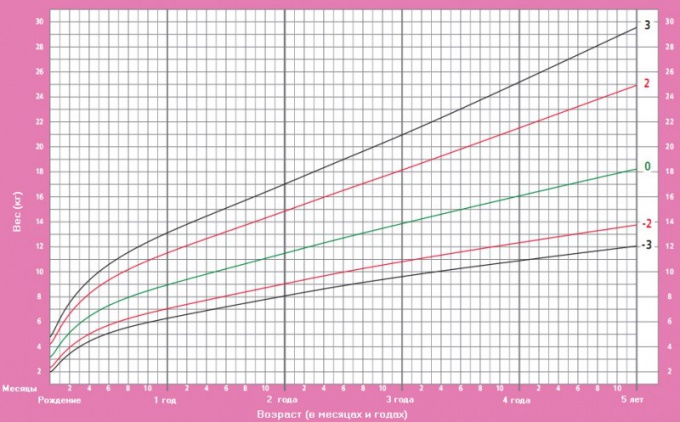Instruction
1
If you are given two figures, between which it is necessary to calculate the absolute deviation, subtract the smaller from the larger. You will receive the difference, which one of them more than another is absolute deviation. For example, if you are aware of the price of goods in the two stores 30 and 35 rubles, calculate the difference: 35-30=5 (roubles) absolute price deviation.
2
When calculating the absolute deviation of two parameters, time-varying, subtract next value from the previous one. Then take the module obtained values, since the absolute deviation is always positive. Sign inside the module will tell you decreased or increased the value of the parameter. For example, the income of the company in the first month amounted to 5000 rubles, and the second – 4000 rubles. The absolute deviation is equal to 4000-5000=-1000. Taking the modulus of this number, you will get 1000, but will be able to conclude that profits decreased.
3
For the analysis of economic performance indicators as a reference absolute deviation use planned value. For example, if the payroll was 500,000 rubles, and in fact, it amounted to 550 000 R, the absolute deviation is equal to 50 000 RUB.
4
If you instead reference point given for a few elements, calculate the average value or the median of the population. Most often used is the median. For its calculation, divide the set into two equal parts (pre-series must be ranked, that is to sort ascending). Then find the sum of the rightmost (first half) and the leftmost member of (the second half).
5
Instead of the median we can find the arithmetic mean of all data. You should put all the members and divide them by the number of elements. After the average value is found, subtract it from the given in the problem statement of the item – you receive the absolute deviation.



